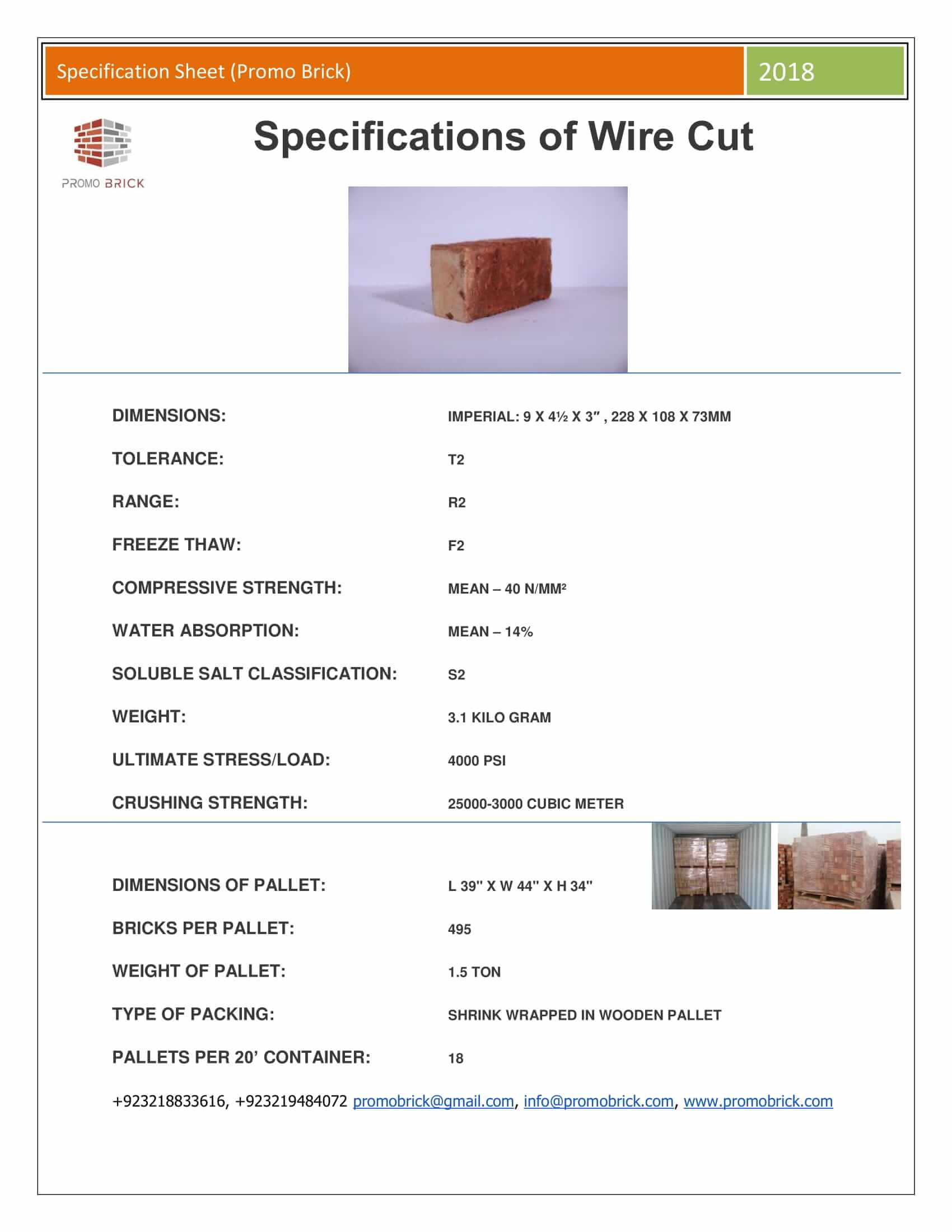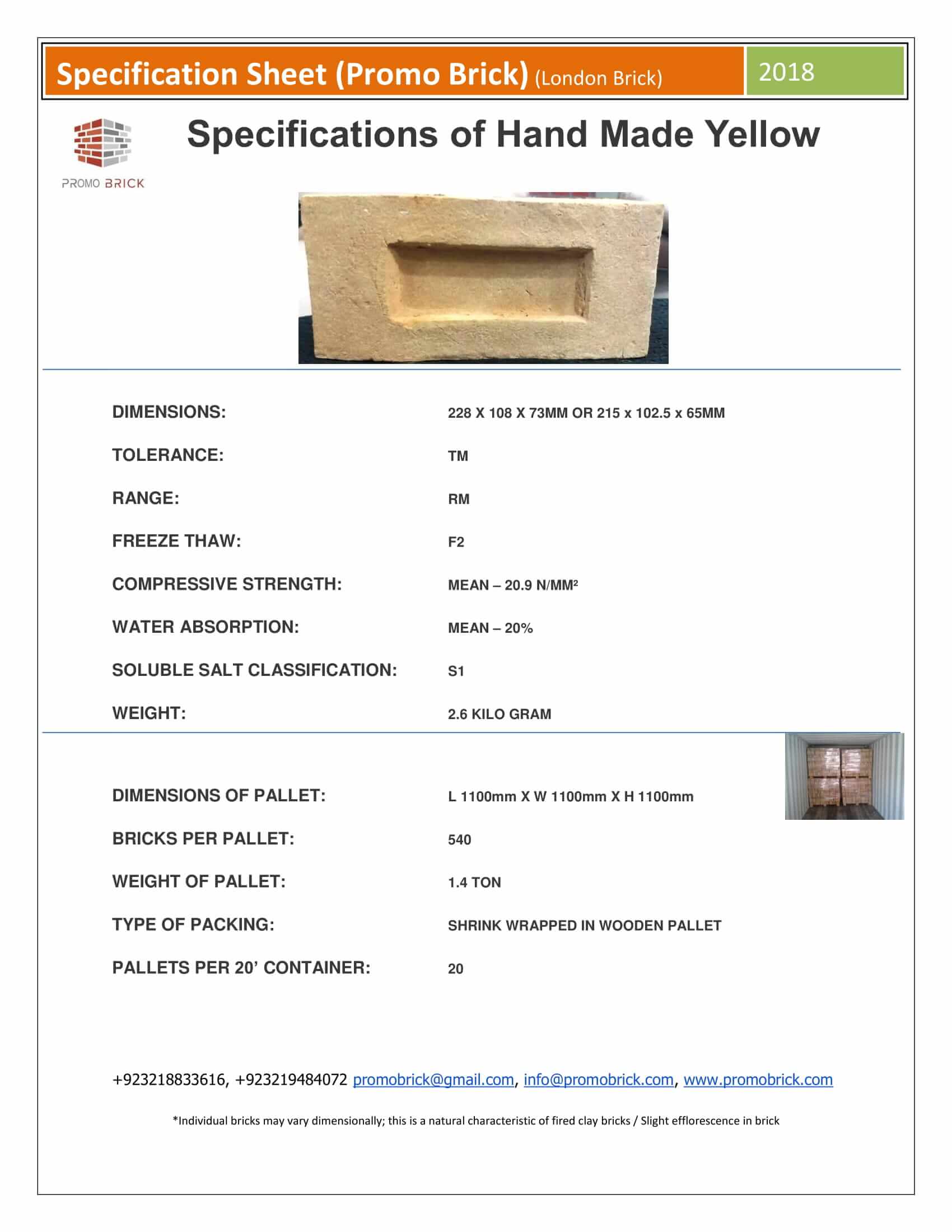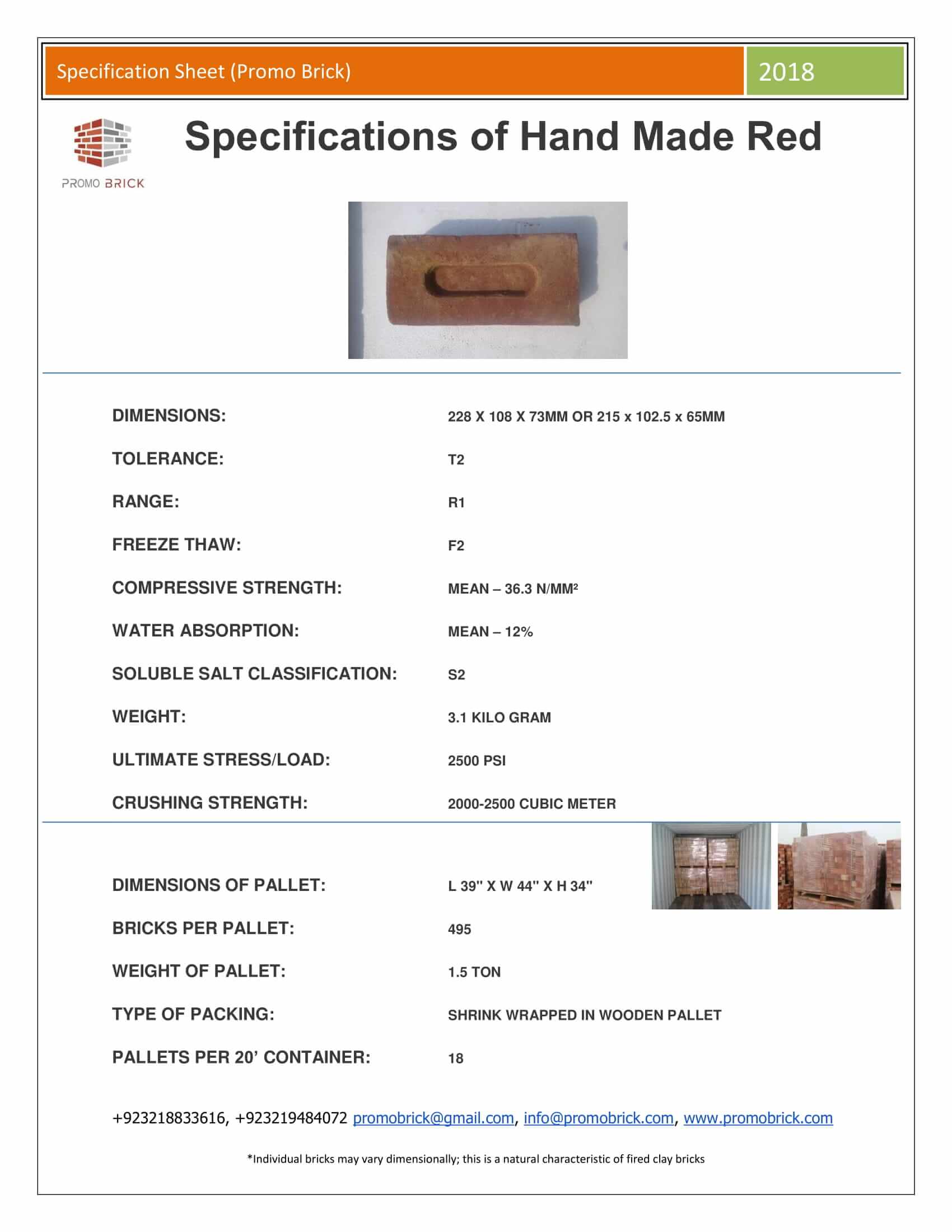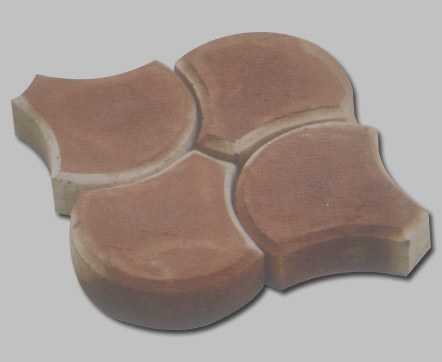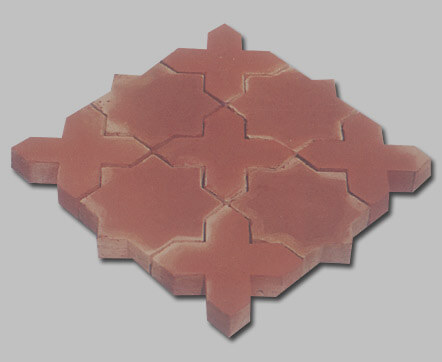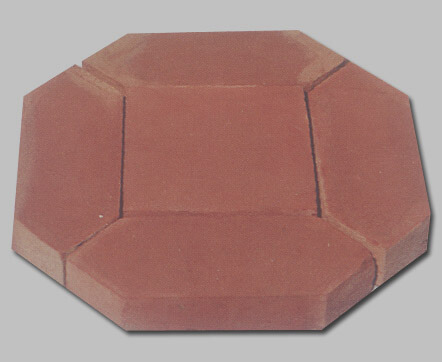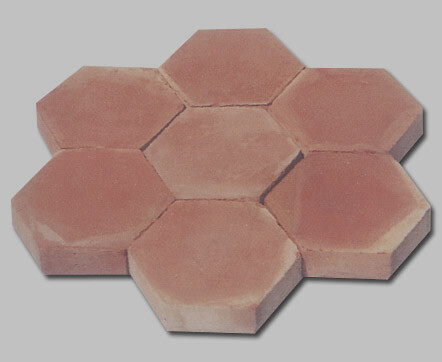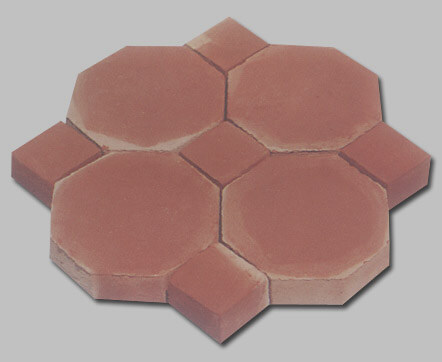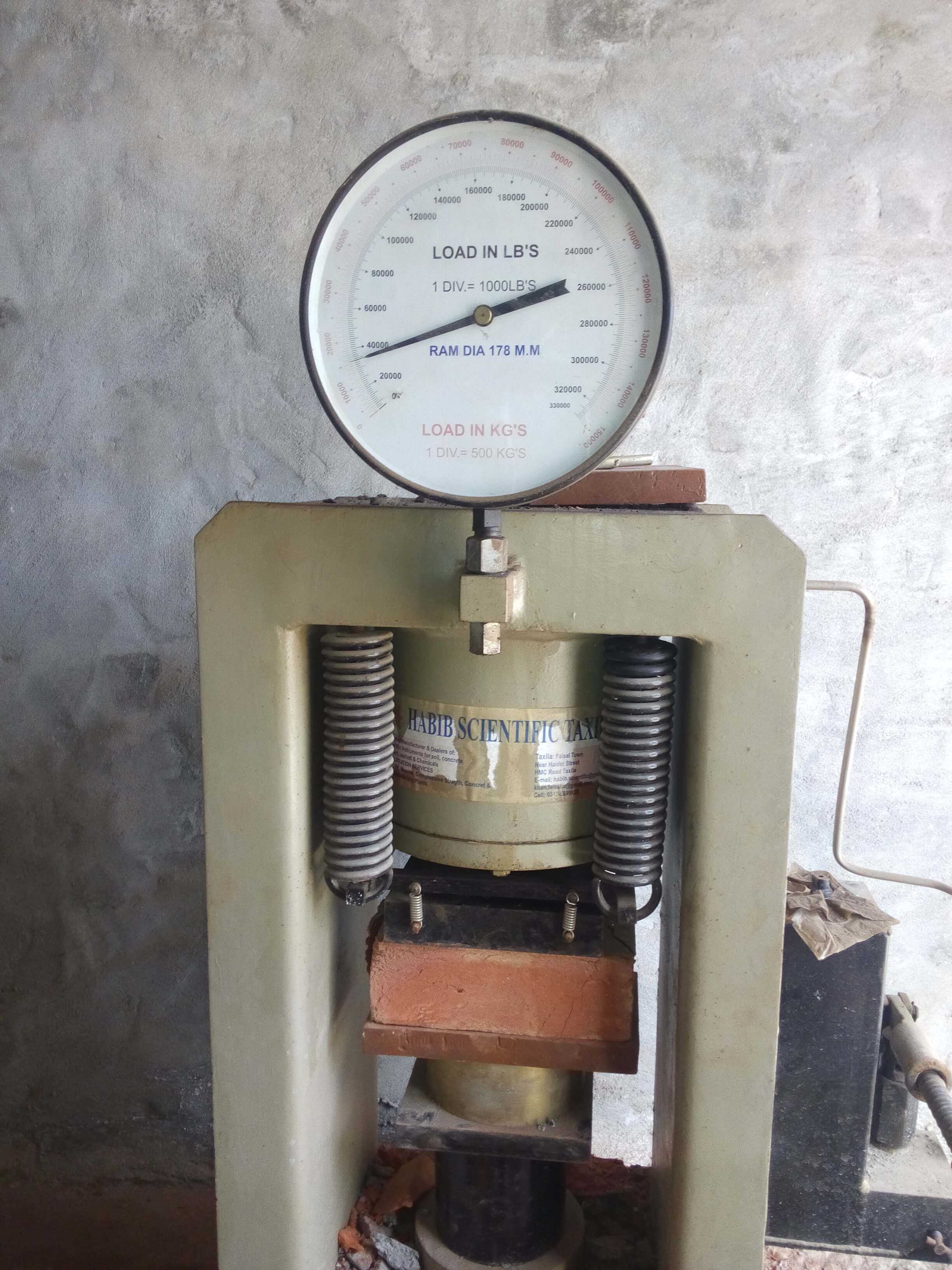Our product lies in two categories:
(Product code list)
1-Bricks (Building and Face)
2-Tiles (Floor and Roof)
-
-
Bricks
- Building Bricks
- Hand Made (BBHM-011)
- Wire Cut (BBWC-012)
- Machine Press (BBMP-013)
-
Face Bricks
- Standard Size (FBSS-021)
- Customized Size (FBCS-022)
-
Designs
- Patterns (FBPD-023)
- Border (FBBD-024)
- Top Edge (FBTE-025)
- Pillar (FBPD-026)
-
-
Tiles:
- Floor tiles (TBFT-031)
- Roof tiles (TBRT-032)
Note: If there is more than one design for a category like Patterns, put -1, -2 till the end for the codes.
